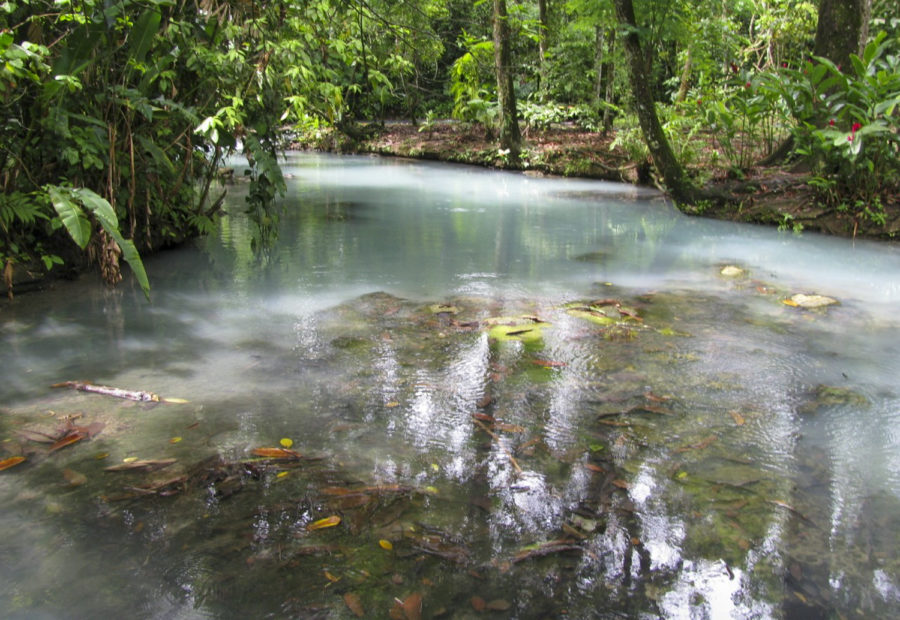
Study finds epigenetic modifications last multiple generations in toxin-adapted fish
EMMA LEDBETTER, Evergreen news editor
• July 2, 2021

Certain fish found to adapt to toxic water
SYDNEY OPFER, Evergreen reporter
• March 18, 2021
Load More Stories








